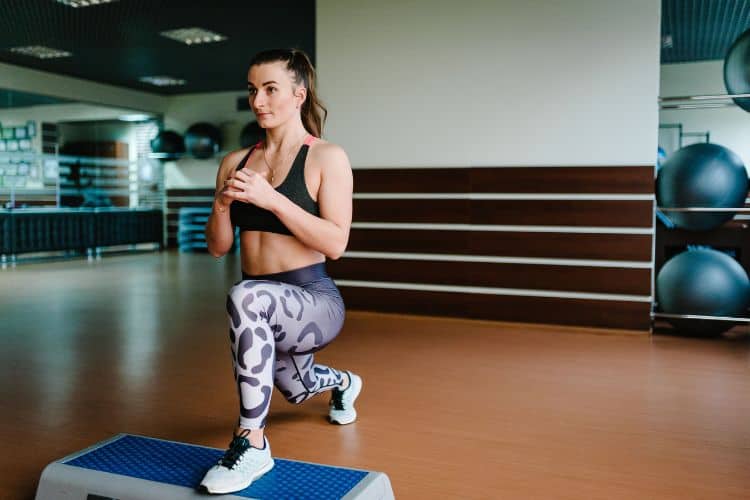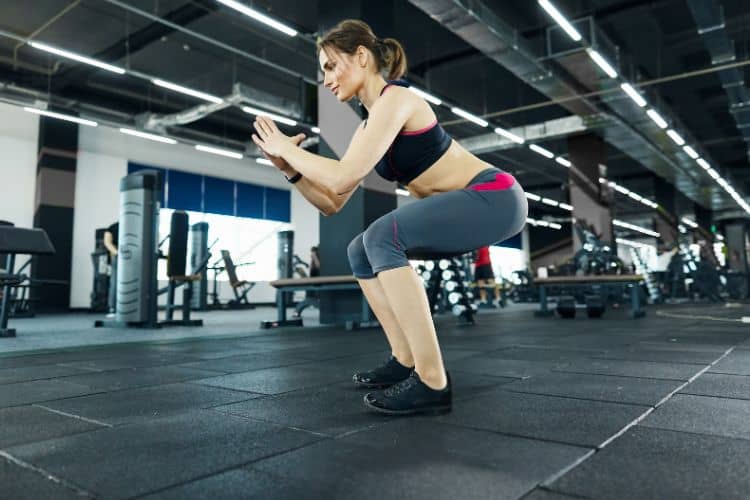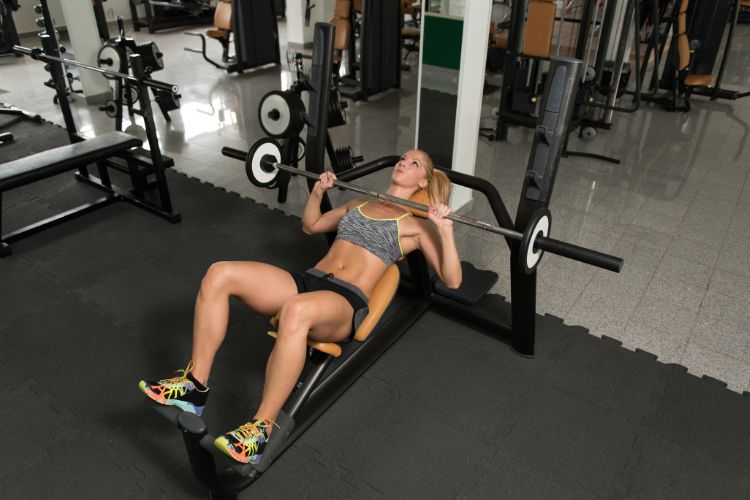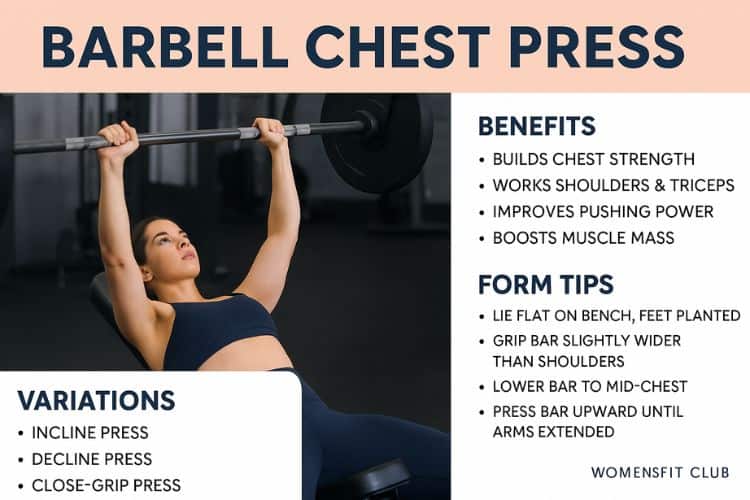Sign up for workout ideas, training advice, reviews of the latest gear and more.






The barbell chest press is one of the most iconic strength training exercises, often considered the gold standard for building upper body power. Whether you are a beginner or an experienced lifter, mastering the barbell chest press workout can help you develop a strong chest, sculpted shoulders, and powerful triceps. This compound exercise has stood the test of time and continues to be a staple in gyms worldwide.
In this guide, we’ll cover everything you need to know about the barbell chest press, including its benefits, correct form, common mistakes, workout variations, and a sample program to incorporate into your routine.
The barbell chest press, also known as the barbell bench press, is a strength training exercise performed lying flat on a bench while pressing a weighted barbell upward from chest level. It primarily targets the pectoralis major (chest muscles), while also engaging the triceps and anterior deltoids (front shoulders).
This exercise is highly effective because it:
The barbell chest press is one of the most efficient exercises for developing the pectoral muscles. With proper progressive overload, it stimulates hypertrophy and helps build a broad, defined chest.
By engaging the chest, shoulders, and triceps, the barbell press develops raw strength. This makes it a fundamental lift in powerlifting competitions and a benchmark for upper body strength.
Pressing movements are common in daily life—pushing open doors, carrying objects, or performing sports. The barbell chest press enhances functional pushing power and stability.
Resistance training like the barbell press helps increase bone density, making it excellent for long-term joint and skeletal health, particularly in women who are at higher risk of osteoporosis.
Since it is a compound lift, the barbell chest press recruits large muscle groups, increasing energy expenditure and helping to boost calorie burn during workouts.
The barbell chest press is a compound movement, meaning it works several muscles at once:
This makes it an excellent multi-muscle exercise for both strength and aesthetics.

This places unnecessary stress on the shoulders and increases injury risk.
Not only is this unsafe, but it also reduces muscle engagement and effectiveness.
Keep your lower back slightly arched, but don’t lift your hips—this compromises form.
Incorrect grip width can limit strength and increase strain on wrists or shoulders.
If lifting heavy, always have a spotter for safety.
Performed on an incline bench (30–45 degrees), this variation emphasizes the upper chest and shoulders.
Performed on a decline bench, this targets the lower chest, adding fullness and depth to the pecs.
By narrowing your grip, this variation places more emphasis on the triceps.
Lower the bar and pause for 1–3 seconds before pressing up. This improves explosive strength and stability.
Slowing down the eccentric (lowering phase) increases time under tension, which boosts muscle growth.
Both exercises are excellent, but they serve slightly different purposes:
For a complete chest workout, incorporating both is highly beneficial.
Start with a manageable weight that allows 8–12 reps with good form, then progressively increase.
For most lifters, 2–3 times per week is ideal for strength and hypertrophy.
Absolutely! Women benefit greatly from the barbell press for strength, posture, and bone density.
Both are excellent. Push-ups are bodyweight-based, while the barbell press allows progressive overload with heavier loads.
This progression gradually builds strength, muscle endurance, and hypertrophy.
The barbell chest press is a powerhouse exercise that belongs in every strength training program. It develops the chest, shoulders, and triceps while improving functional strength and athletic performance. By learning proper form, avoiding common mistakes, and progressively challenging yourself, you can achieve a strong, sculpted upper body.
Whether you’re a beginner just starting or an advanced lifter chasing new personal records, the barbell chest press remains one of the most effective exercises for building strength and size. Pair it with smart variations, proper recovery, and a balanced training plan, and you’ll unlock impressive results in your fitness journey.
Want more workout and video guide?
Follow us on Pinterest, Facebook, and Subscribe to our Newsletter and Stay tuned for FREE downloads of our App coming soon!
Stay up to date on the latest women’s health, fitness and lifestyle trends and tips.